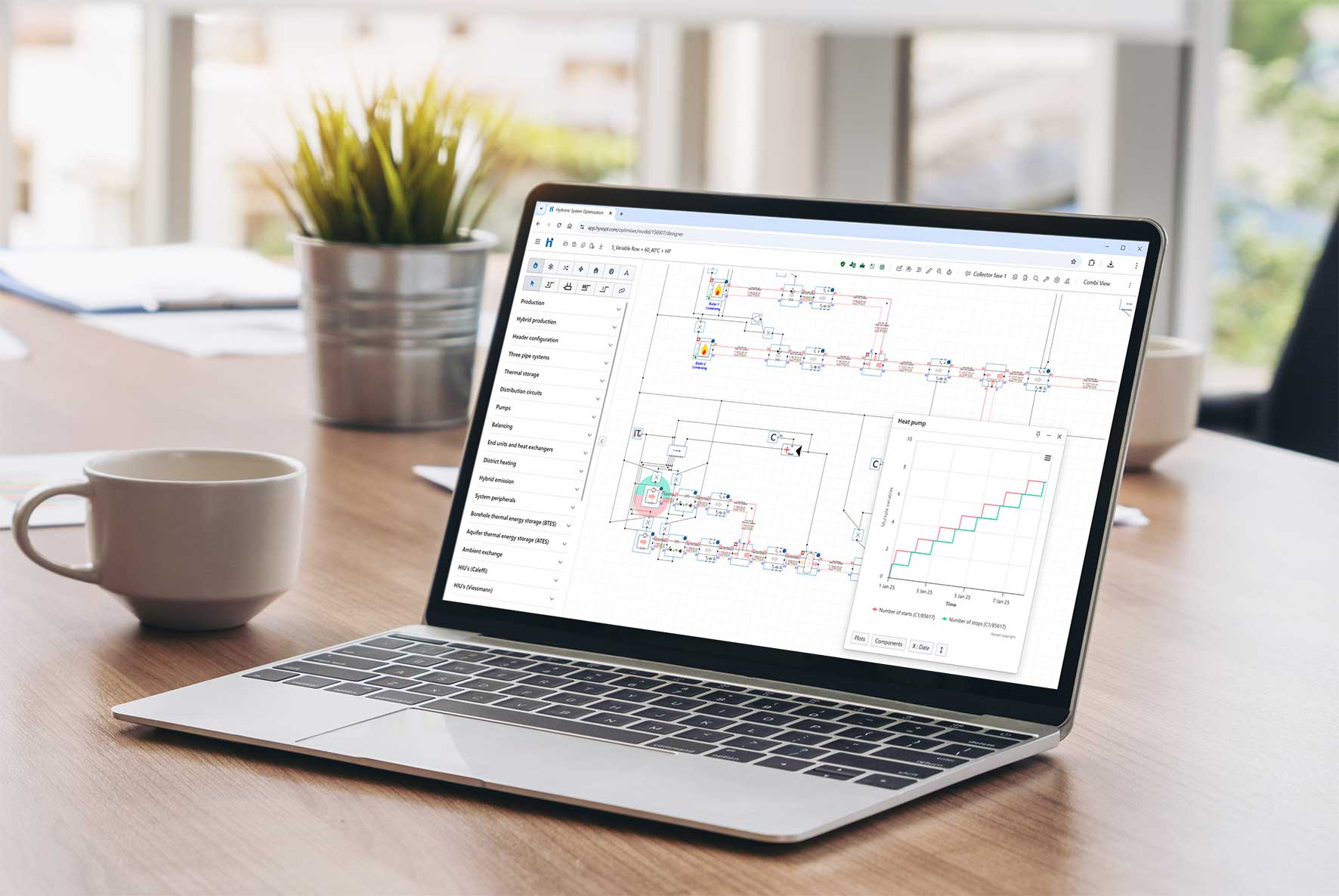Seeing Problems Before They Become Problems
Most HVAC design conflicts don’t appear on drawings. They emerge later — during procurement, installation, commissioning, or the first year of operation. A mismatched flow rate, a poorly balanced circuit, or an undersized pump can trigger costly redesigns and uncomfortable spaces.
Traditional workflows make this almost inevitable. Engineers rely on isolated spreadsheets, manufacturer data, and assumptions about how components will interact. But without a full-system perspective, important interactions remain invisible.
System-level analysis changes the equation. By modelling hydronic behaviour across the entire network, engineers can see emerging conflicts long before they surface on-site — and resolve them when changes are still cheap, fast, and simple.
Why Conflicts Stay Hidden in Conventional Design
Many conflicts arise not from poor engineering, but from fragmented information. A single branch operating outside its expected ΔT spreads imbalance across the network. A pump performing off-curve impacts efficiency everywhere downstream. A control strategy that looks harmless in theory creates real-world instability.
Component-level design cannot detect these system-wide effects. Even well-documented designs can hide:
- flow mismatches
- pump–valve interaction issues
- bottlenecks created by part-load behaviour
- heat pump performance dips at low temperatures
- unbalanced secondary circuits
System-level analysis exposes these dynamics early by simulating how the network behaves under real operating conditions.
See how system-level modelling prevents HVAC design conflicts ›
Turning Performance Insights Into Better Decisions
Full-system modelling doesn’t just identify conflicts — it fuels better decision-making across the entire design lifecycle. Engineers gain the ability to compare scenarios, validate assumptions, and justify recommendations with transparent, traceable evidence.
This allows design teams to:
- adjust operating temperatures based on real performance
- verify hydraulic balance before installation
- predict ΔT behaviour under seasonal conditions
- demonstrate how different configurations impact efficiency and CO₂
With evidence in hand, you no longer need to convince stakeholders through argument. You show them the data — and the data speaks for itself.
Aligning Stakeholders Through Shared understanding
Many project conflicts don’t come from technical errors; they come from misalignment between engineers, contractors, and clients. System-level analysis creates a shared performance view that everyone can trust.
Instead of debating assumptions, teams can clearly see:
- why a certain configuration avoids bottlenecks
- how design changes affect comfort, capacity, or energy use
- where risks appear during part-load operation
- which design options deliver the best performance margin
This clarity accelerates approvals, avoids debate-driven delays, and builds trust on every side of the project.
Designing With Confidence From Day One
Ultimately, system-level analysis is not an extra step — it’s a safeguard against downstream risk. By validating hydronic behaviour early, engineers eliminate uncertainty and create designs that stand up to scrutiny from consultants, contractors, and clients alike.
That’s how leading engineering teams avoid conflicts, prevent rework, and defend HVAC design decisions with confidence.
Discover how system-level analysis strengthens HVAC design outcomes ›
FAQ: System-Level Analysis in HVAC Design




